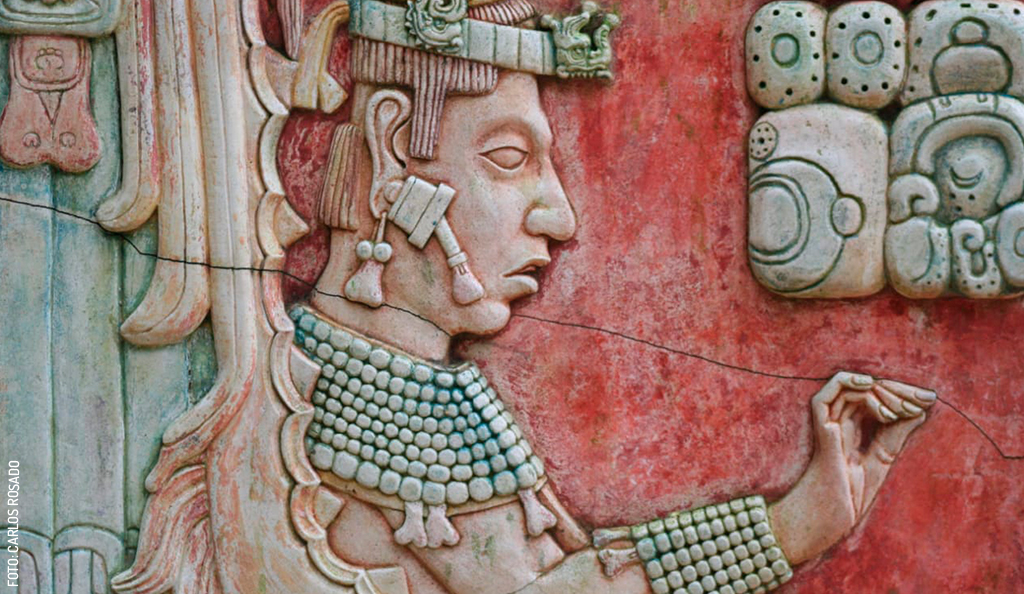
Say It in Maya
In Yucatán, it is common to hear Spanish combined with Maya words. “¿Qué pasó, né?,” which is often used as a greeting, is an example of expressions that use both Spanish and Maya. Here we explain some of the differences between the two languages, as well as the most common phrases you can learn to say hello and goodbye in Maya.
![Doña-Bacila-by-LOBOLUNAPRODUCCIONES]() The Differences
The Differences
Maya and Spanish have different origins: Spanish is a Romance language that comes from Latin, and the Maya language has its origins in Proto-Maya. From the latter come multiple variants, including Yucatecan Maya, spoken in Yucatán, Campeche, and Quintana Roo. It’s different from the Tzotzil or Lacandon Maya spoken in Chiapas, and is closer to the Quiché Maya spoken in Guatemala.
Maya language is descriptive, so the meaning of words are not literal but are related to the function an object performs. For example, a broom is called a “Míisib” which comes from the word “míis” which means to sweep. If we were to make a literal translation, it would be “the object that sweeps,” the broom.
There is also no pronoun “Usted” or Ustedes” (a formal version of you), Maya is more direct and uses “Tú” when referring to another person. Although there is no intonation when we use interrogative sentences in Maya, the word "Bix" is used to ask questions.
Greetings
In the Maya language, there is no word for “hello” or “goodbye” to start and end a conversation, but it has been adapted from Spanish to find translations and create similar greetings.
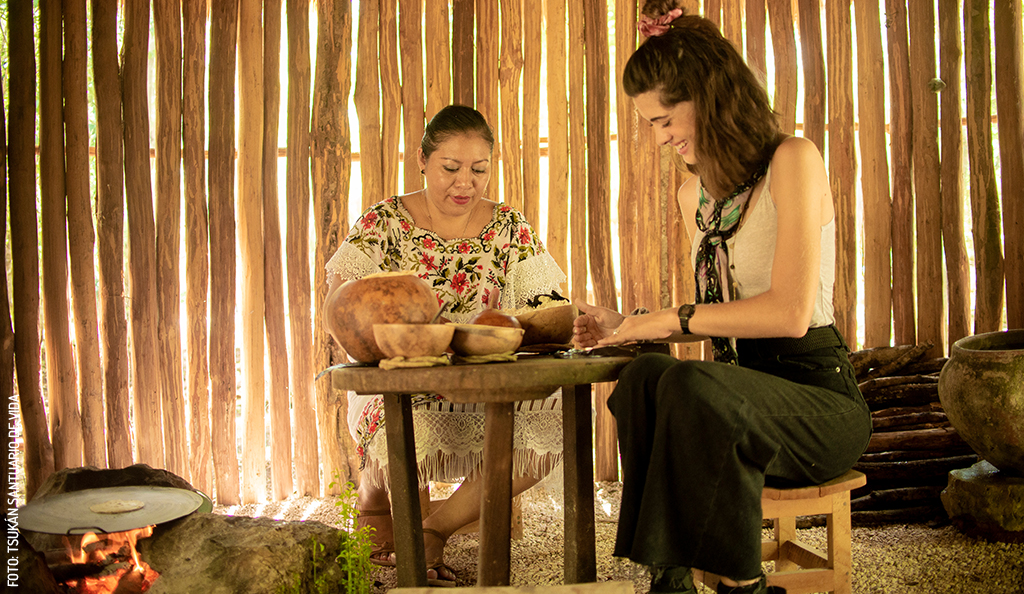 In general, at the start of a conversation you can greet a person by using “Bix a beel,” which means “How are you doing?”. Here, the word “beel” has its origin in the word “bej” which means “way” or “path,” implying that we are asking how that person's path is.
In general, at the start of a conversation you can greet a person by using “Bix a beel,” which means “How are you doing?”. Here, the word “beel” has its origin in the word “bej” which means “way” or “path,” implying that we are asking how that person's path is.
You can also use “Bix a wanil”, which means "How are you?". This is used to ask about a person’s health. To answer that you are well, you can use “Ma'alob.” On the other hand, if you are sick you can answer “K'oja'anen.”
To say goodbye, you use “Paátik in bin” which means “I am leaving.” Or, you can answer “Ma'alob tun,” which means “all right, then.”
Although there are no greetings in the Maya language such as “good morning, afternoon, or evening,” these greetings are translated directly from Spanish to Maya. That’s why we use “Yutsil ja'atskab” to say good morning, which comes from “Uts” (good) and “Ja'ats” tomorrow. To say good afternoon “Yutsil Chíinil K'iin” is used, and “Yutsil áak'ab” means good evening.
Are you ready to say it in Maya?

Author: Violeta H. Cantarell
“Meridana,” traveler, animal lover, passionate reader, commentator, and enthusiastic promoter of the natural and human beauty of Yucatán.
¡Receive the latest articles and much more from the best of Yucatán in your email!
Related articles
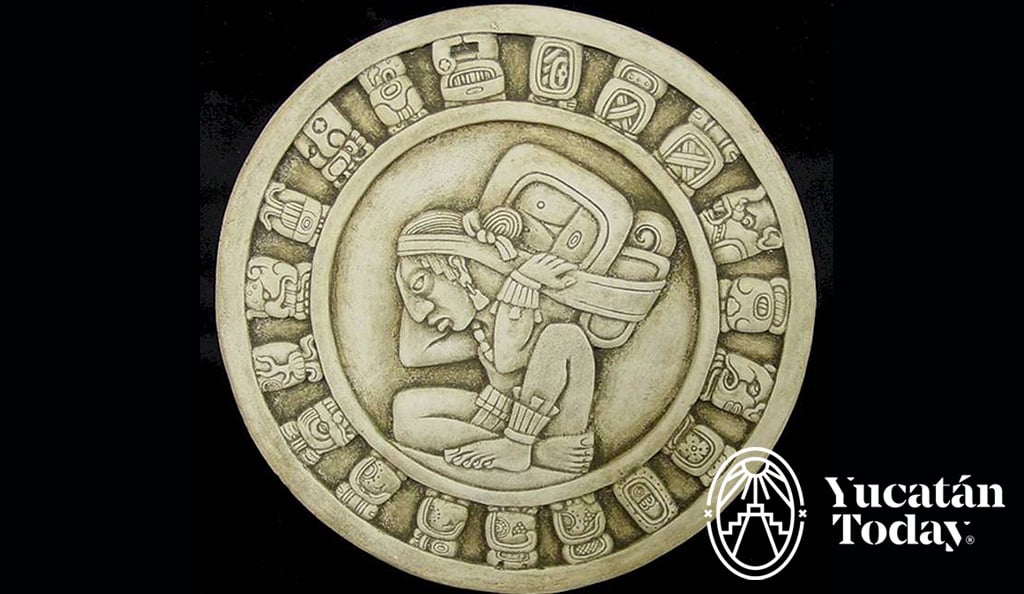
Maya Calendar
Explore the fascinating world of the Maya calendar system, from the Tzolkin to the Haab, in which it shaped their lives and traditions in Yucatán.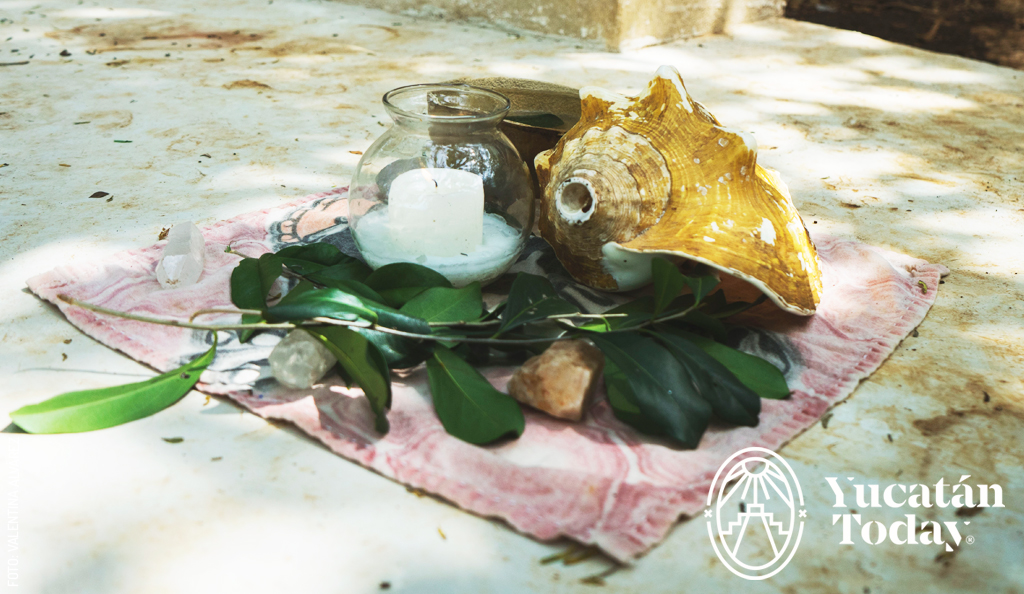
Alternative Therapy with Shaman Hermano Maya
Hermano (brother) Maya is a Maya Shaman who provides alternative therapy in Izamal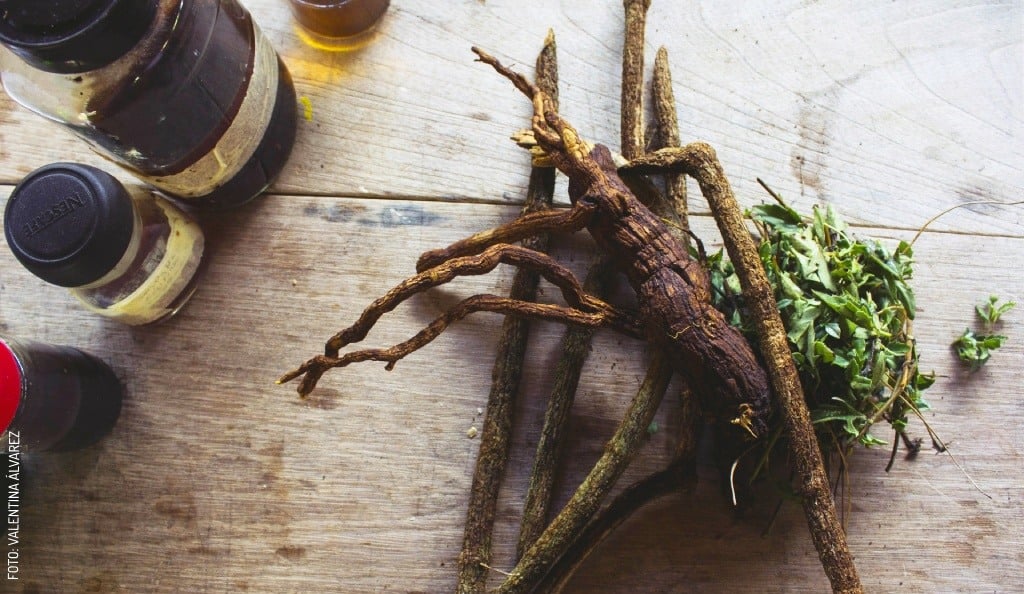



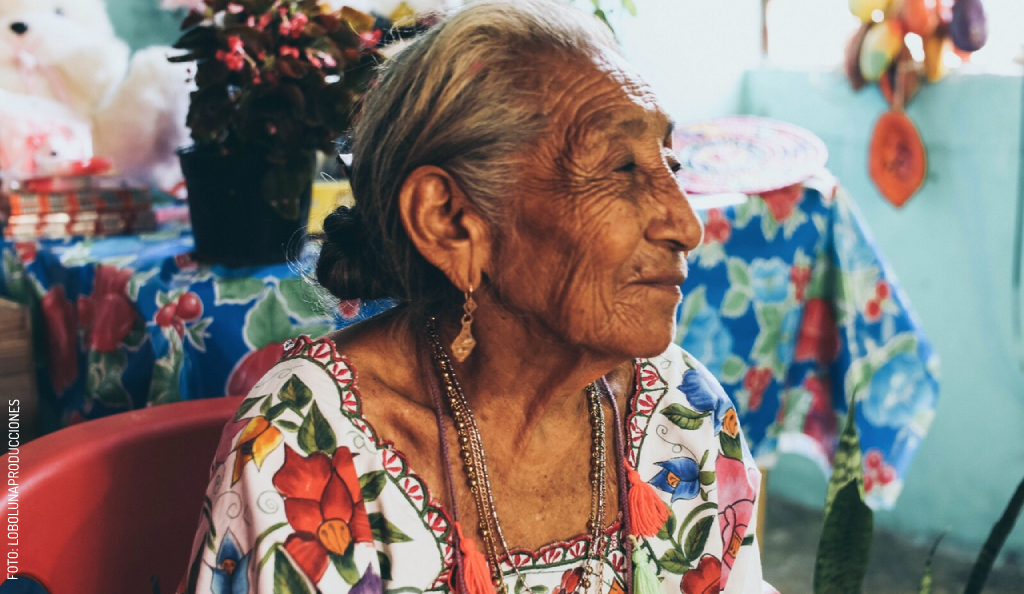 The Differences
The Differences
